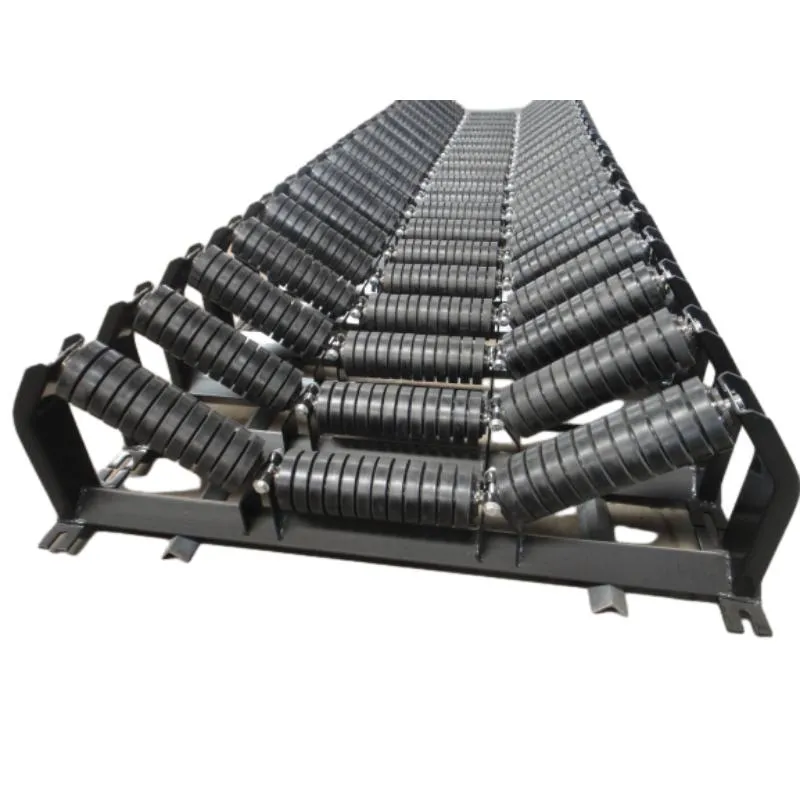 Afrikaans
Afrikaans  Albanian
Albanian  Amharic
Amharic  Arabic
Arabic  Armenian
Armenian  Azerbaijani
Azerbaijani  Basque
Basque  Belarusian
Belarusian  Bengali
Bengali  Bosnian
Bosnian  Bulgarian
Bulgarian  Catalan
Catalan  Cebuano
Cebuano  Corsican
Corsican  Croatian
Croatian  Czech
Czech  Danish
Danish  Dutch
Dutch  English
English  Esperanto
Esperanto  Estonian
Estonian  Finnish
Finnish  French
French  Frisian
Frisian  Galician
Galician  Georgian
Georgian  German
German  Greek
Greek  Gujarati
Gujarati  Haitian Creole
Haitian Creole  hausa
hausa  hawaiian
hawaiian  Hebrew
Hebrew  Hindi
Hindi  Miao
Miao  Hungarian
Hungarian  Icelandic
Icelandic  igbo
igbo  Indonesian
Indonesian  irish
irish  Italian
Italian  Japanese
Japanese  Javanese
Javanese  Kannada
Kannada  kazakh
kazakh  Khmer
Khmer  Rwandese
Rwandese  Korean
Korean  Kurdish
Kurdish  Kyrgyz
Kyrgyz  Lao
Lao  Latin
Latin  Latvian
Latvian  Lithuanian
Lithuanian  Luxembourgish
Luxembourgish  Macedonian
Macedonian  Malgashi
Malgashi  Malay
Malay  Malayalam
Malayalam  Maltese
Maltese  Maori
Maori  Marathi
Marathi  Mongolian
Mongolian  Myanmar
Myanmar  Nepali
Nepali  Norwegian
Norwegian  Norwegian
Norwegian  Occitan
Occitan  Pashto
Pashto  Persian
Persian  Polish
Polish  Portuguese
Portuguese  Punjabi
Punjabi  Romanian
Romanian  Russian
Russian  Samoan
Samoan  Scottish Gaelic
Scottish Gaelic  Serbian
Serbian  Sesotho
Sesotho  Shona
Shona  Sindhi
Sindhi  Sinhala
Sinhala  Slovak
Slovak  Slovenian
Slovenian  Somali
Somali  Spanish
Spanish  Sundanese
Sundanese  Swahili
Swahili  Swedish
Swedish  Tagalog
Tagalog  Tajik
Tajik  Tamil
Tamil  Tatar
Tatar  Telugu
Telugu  Thai
Thai  Turkish
Turkish  Turkmen
Turkmen  Ukrainian
Ukrainian  Urdu
Urdu  Uighur
Uighur  Uzbek
Uzbek  Vietnamese
Vietnamese  Welsh
Welsh  Bantu
Bantu  Yiddish
Yiddish  Yoruba
Yoruba  Zulu
Zulu Ceramic Coated Conveyor Pulleys for Enhanced Durability and Performance in Material Handling
Understanding Ceramic Lagging on Conveyor Pulleys
In the mining and materials handling industries, the efficiency and reliability of conveyor systems are crucial to operational success. One key component that significantly influences the performance of conveyor systems is the conveyor pulley. These pulleys are tasked with ensuring the smooth movement of materials along the belt. To enhance their effectiveness, many manufacturers are now turning to ceramic lagging.
Understanding Ceramic Lagging on Conveyor Pulleys
One of the most prominent advantages of ceramic lagging is its durability. Traditional rubber lagging can wear out quickly, especially in environments where there is high material impact or abrasive materials. Ceramic materials, on the other hand, are exceptionally tough and resistant to scratches, making them ideal for heavy-duty operations. Moreover, the lifespan of ceramic lagging can be up to three times longer than that of rubber alternatives, which equates to less frequent replacements and downtime.
ceramic lagging conveyor pulley

Another significant benefit of ceramic lagging is its resistance to heat and cold. In extreme temperature fluctuations, traditional materials may degrade faster, resulting in compromised performance. Ceramic lagging retains its properties even in challenging environments, ensuring that the conveyor system operates smoothly under varying conditions. This thermal stability is particularly advantageous in industries such as mining and metallurgy, where temperature extremes are common.
Ceramic lagging also aids in noise reduction. The unique structure of ceramic materials can dampen vibrations and noise generated during the operation of conveyor systems. This is not only beneficial for the working environment, as it minimizes sound pollution, but it also contributes to operator comfort and safety by enabling easier communication on-site.
Installation of ceramic lagging is straightforward, typically involving adhesive bonding or bolting to the existing pulley surface. However, it’s crucial for installation to be carried out by professionals to ensure that the lagging is properly aligned and secured. Regular inspections should follow to assess the condition of the lagging and address any wear before it leads to larger issues.
In conclusion, ceramic lagging offers a multitude of benefits for conveyor pulleys, enhancing performance, durability, and safety. By minimizing slippage, extending service life, and reducing maintenance needs, it represents a worthwhile investment for companies focused on optimizing their operational efficiency. As industries continue to evolve, the adoption of advanced materials like ceramic lagging will likely become increasingly prevalent, reinforcing the importance of innovative solutions in the realm of material handling and processing.
-
Revolutionizing Conveyor Reliability with Advanced Rubber Lagging PulleysNewsJul.22,2025
-
Powering Precision and Durability with Expert Manufacturers of Conveyor ComponentsNewsJul.22,2025
-
Optimizing Conveyor Systems with Advanced Conveyor AccessoriesNewsJul.22,2025
-
Maximize Conveyor Efficiency with Quality Conveyor Idler PulleysNewsJul.22,2025
-
Future-Proof Your Conveyor System with High-Performance Polyurethane RollerNewsJul.22,2025
-
Driving Efficiency Forward with Quality Idlers and RollersNewsJul.22,2025





























